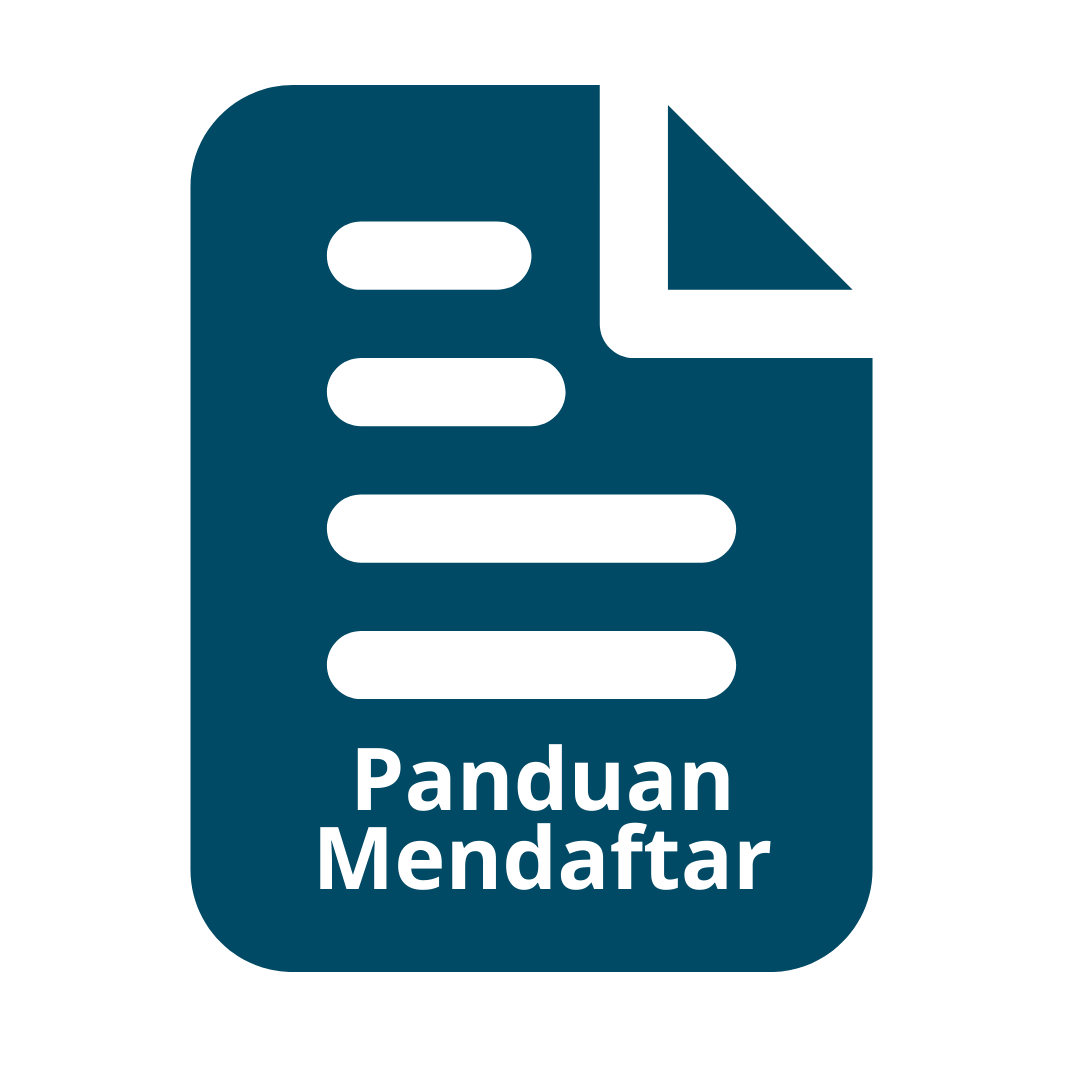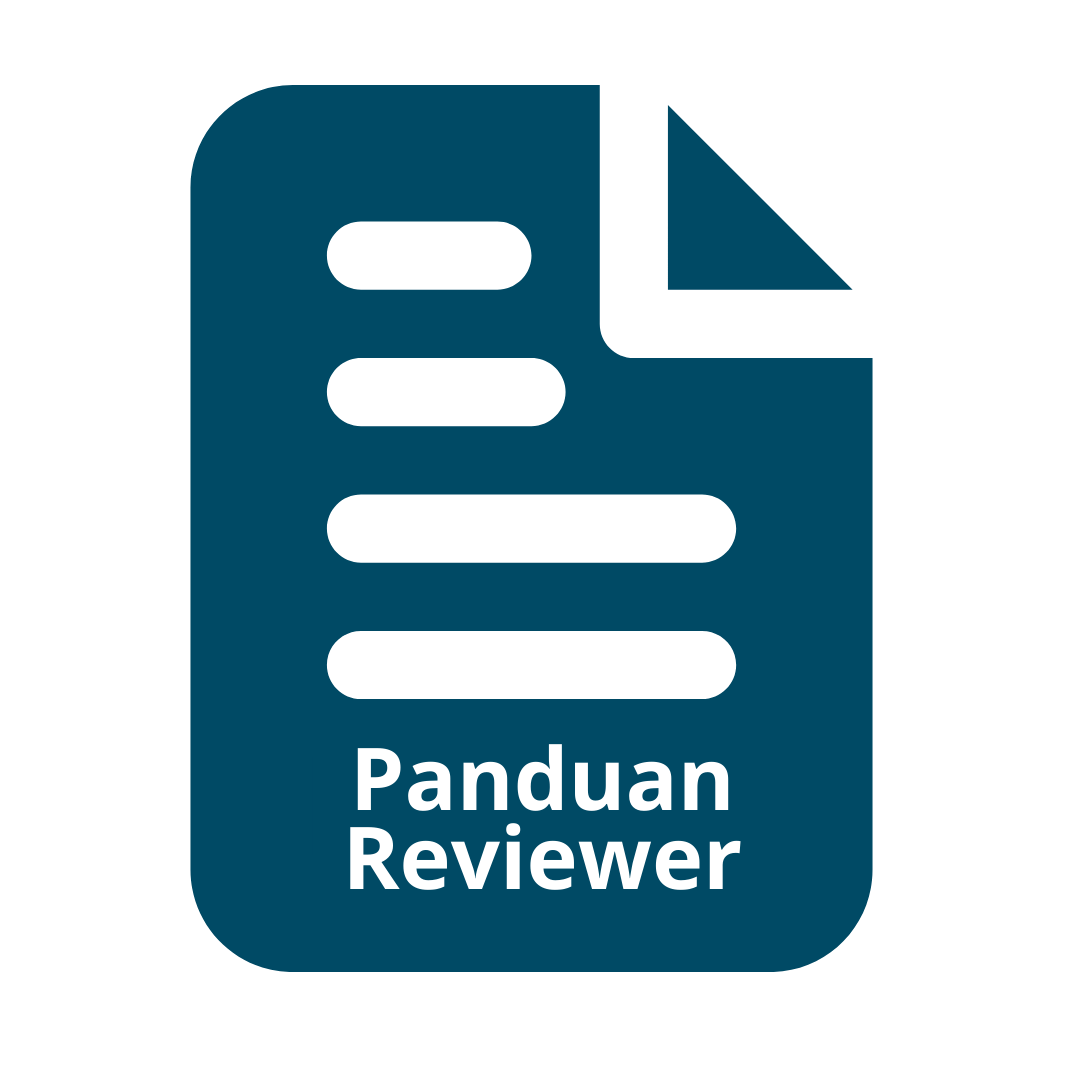THE RESPONS ON GROWTH AND YIELD OF OKRA (Abelmoschus Esculentus (L.) Moench) PLANTS USING SUBSTRATE HYDROPONIC SYSTEM IN VARIOUS EC VALUE OF NUTRITION SOLUTIONS AND TYPES OF PLANTING MEDIA
Abstract
Okra (Abelmoschus esculantus) L. Moench), is an important vegetable that grows in the tropical and sub-tropical parts of the world. Okra plants contain very high nutritional value (at 100 g of young okra fruit containing 35 g of calories, 89.6 g of water, 6.4 g of carbohydrates, 1.9 g of protein, 0.4 g of fat, 1.2 g of fiber, 0 , 7 g of minerals). In Indonesia, okra plants have not been widely cultivated and the cultivation method has not used the right technology, so it is necessary to examine the proper cultivation methods of Okra. This study aims to determine the EC value of the most optimal nutrient solution and the effect of the type of planting media that is best on the growth and yield of okra plants. The research was carried out in plastic houses located in Pondok, Karangbendo, Banguntapan, Bantul, Yogyakarta in May to August 2018. Experiments using polybag with a Complete Randomized Block Design (RAKL) Split Plot two factors were repeated 3 times. The first factor as the main plot is the EC value of nutrient solution (C1: EC value 1.5 mS / cm, C2: EC value 2 mS / cm, C3: EC value 2.5 mS / cm) and the second factor as sub plot is type planting media (M1: Husk charcoal, M2: Sand Malang, M3: Husk charcoal + Cocopeat (1:1). The results showed that there was no interaction between the treatment of giving various EC values of nutrient solution and type of planting media. The treatment of various EC values of nutrient solution and type of planting media significantly affected the parameters of plant height growth, leaf area, root volume, flowering age, stem diameter, parameters of total fruit yield per plant, fresh weight per fruit, total fruit weight per plant, fruit weight per Ha. The treatment of giving EC values of 2.0 mS / cm showed suitable results for the growth and yield of okra plants. The treatment of the type of husk charcoal growing media showed suitable results for the growth and yield of okra plants.
Keywords: Okra Plant, Substrate Hydroponic, Planting Media, Solution EC Value
Keywords
Full Text:
PDFReferences
Abad, M., P. Noguera, R. Puchades, A. Maquieira and V. Noguera. 2002. Physicochemical and chemical properties of some coconut coir dusts for use as a peat substitute for containerised ornamental plants. Bioresource Technology. 82 : 241-245.
Anonim. 2001. Peluang Agribisnis Arang Sekam. Jakarta. Balai Penelitian Pascapanen Pertanian
Armaini, Elza Zuhry, dan Gading Sahyoga. 2007. Aplikasi Berbagai Konsentrasi Pupuk Plant Catalyst 2006 Dan Gibberelin Pada Tanaman Tomat (Licopersicum Esculentum Mill). Jurusan Budidaya Pertanian. Fakultas Pertania. Universitas Riau.
Bachtiar, S., M. Rijal dan D. Safitri. 2017. Pengaruh Komposisi Media Hidroponik Terhadap Pertumbuhan Tanaman Tomat. Jurnal Biology Science & Education. Biologi Sel. 6 (1). ISSN 2252-858x/e-ISSN 2541-1225
Badrudin, Ubad, Syakiroh Jazilah, Ari Setiawan. 2008. “The Increase of Cucumber Production (Cucumis sativus L.) Through Time of Pruninggand Phosphate Fertilizer”. Fakultas Pertanian;Univ Pekalongan.
Bahar, F.A. dan D. Widastoety. 1994. Pengaruh Kematangan Sabut Kelapa Sebagai Medium Terhadap Pertumbuhan Vegetatif Tanaman Anggrek (Aranda bethabraga). J. Hortikultura. 4(1): 77-80
Darjanto dan S. Satifah. 1990. Biologi Bunga dan Teknik Penyerbukan Silang Buatan. PT Gramedia. Jakarta. 156 hal.
Dorais, M., A.P. Papadopoulus, and Gosselin. 2001. Influence of Electric Conductivity Management on Green House Tomato Yield and Fruit Quality. Journal Agronomi Australia
Dwijoseputro. 1990. Pengantar Fisiologi Tumbuhan. Jakarta: Gramedia Gopalan C., B. V. Rama Sastri, dan S. C. Balasubramanian 2007. Nutritive value of Indian foods, National Institute of Nutrition (NIN), ICMR, Ind.
Hanafiah, K.A. 2004. Dasar-dasar Ilmu Tanah. Jakarta: Raja Grafindo. Hartmann, H.T., D.E. Kester, F.T. Davies and R.L. Geneve. 2002. Hartmann and Kester’s Plant Propagation Principles and Practices. 7 th ed. Pearson Education, Upper Saddle.
Hidayati, M. 2009. Sistem Hidroponik Dengan Nutrisi dan Media Tanam Berbeda Terhadap Pertumbuhan Dan Hasil Selada. Media Litbang Sulteng. 2 (2):131-136.
Hukom, Z.F.S. 2000. Pengaruh Kadar Larutan Landeto dan Gandasil terhadap Pertumbuhan dan Hasil Buncis Tegak (Phaseolus vulgaris) yang Dibudidayakan secara Hidroponik. Tesis. Program Pascasarjana UGM. Yogyakarta. 110 hal.
Ichsan. M. C., P. Risiyandika dan I. Wijaya. 2016. Respon Produktifitas Okra (Abelmoschus esculentus) Terhadap Pemberian Dosis Pupuk Petroganik Dan Pupuk N. Fakultas Pertanian, Universitas Muhamadiyah Jember.
Istomo, V.N. 2012. Pengaruh perlakuan kombinasi media terhadap pertumbuhan anakan tumih (Combretocarpus rotundatus (Miq.) Danser). Jurnal Silvikultur Tropika 3 (2): 81-84.
Karsono, S., Sudarmodjo, dan Y. Sutiyoso. 2002. Hidroponik: Skala Rumah Tangga. PT AgroMedia Pustaka. Jakarta. 64 hal.
Lakitan, B. 2008. Dasar-dasar Fisiologi Tumbuhan. Raja Grafindo Persada, Jakarta.
Laksono R. A dan D. Sugiono. 2017. Karakteristik Agronomis Tanaman Kailan (Brassica oleraceae L. var. acephala DC.) Kultivar Full White 921 Akibat Jenis Media Tanam Organik dan Nilai EC (Electrical Conductivity) pada Hidroponik Sistem Wick.Jurnal Agrotek Indonesia 2 (1) : 2533 (2017) ISSN : 2477-8494 25. Program Studi Agroteknologi, Fakultas Pertanian, Universitas Singaperbangsa
Karawang.
Lingga, P., 2006. Hidroponik Bercocok Tanam Tanpa Tanah. Penebar Swadaya, Jakarta. Livy, W. G. 2007. Teknik Kultur Jaringan Tumbuhan. Laboratorium Kultur Jaringan Tumbuhan. Pusat Antar Universitas (PAU). Bioteknologi, Institut Pertanian Bogor. Direktorat Jenderal Pendidikan Tingggi. Departemen Pendidikan dan Kebudayaan
Mairusmianti. 2011. Pengaruh Konsentrasi Pupuk Akar dan Pupuk Daun Terhadap Pertumbuhan dan Produksi Bayam (Amaranthus hybridus) dengan Metode nutrient Film Technique (NFT). Skripsi. Program Studi Biologi Fakultas Sains dan Teknologi Universitas Islam Negeri Syarif Hidayatullah. Jakarta.
Martaguri, I. 2009. Pemanfaatan Mikroorganisme Tanah Potensial dan Asam Humat untuk Produktifitas Leguminosa Pakan Pada Lahan Pasca Penambangan Emas PT. Aneka Tambang Pongkor. Tesis Institut. Pertanian Bogor.
Prihmantoro, H. dan Y.H. Indriani. 2003. Hidroponik Sayuran Semusim Untuk Bisnis dan Hobi. Penebar Swadaya. Jakarta.
Raditya. J., E. D. Purbajanti, dan W. Slamet. 2017. Pertumbuhan dan produksi Okra (Abelmoschus esculentus l.) pada level pemupukan nitrogen dan jarak tanam yang berbeda. J. Agro Complex 1(2):49-56. Agroteknologi. Fakultas Pertanian dan Hewan. Universutas Diponegoro.
Ramli. 2014. Efisiensi Pupuk Kandang Sapi dan Pupuk Majemuk NPK terhadap Pertumbuhan dan Produksi Tanaman Pare (Momordica charantia. L). Fak. Pertanian. Univ. Tamansiswa. Padang
Rosliana, R dan N. Sumarni. 2005. Budidaya Tanaman Sayuran dengan sistem hidroponik. Jurnal Monografi No. 27. Balai Penelitian Tanaman Sayuran.
Sastrahidayat, K., Wakidah, dan Syekfani. 1999. Pengaruh Mikoriza Vesikula Arbuskula terhadap Peningkatan Enzim Fosfatase, Beberapa Asam Organik dan Pertumbuhan Kapas (Gossypium hirsutum L.) pada Vertisol dan Alfizol. Agrivita 21 (1) : 10 – 19.
Setyoadji D. 2015. Tanaman Hidroponik. Yogyakarta: Araska,.
Sofyan SE, Riniarti M, Duryat. 2014. Pemanfaatan limbah teh, sekam padi, dan arang sekam sebagai media tumbuh bibit trembesi (Samanea saman). Jurnal Sylva Lestari 2 (2): 61-70.
Sofyan, A., I. Muslimin. 2016. Pengaruh Asal Bahan Dan Media Stek Terhadap Pertumbuhan Stek Batang Tembesu (Fragea fragarans ROXB). Balai Litbang Hutan Tanaman Palembang. 6 : 201-207
Untung, O. 2001. Sistem Hidroponik NFT. Penebar Swadaya. Jakarta.
Wuryaningsih, S., Sutater, T. dan Tjia, B. O. Dalam Listiana. N., Nawawi dan T. Wardiyati. 2010. Pengaruh Komposisi Media Tanam Dan Pupuk SP36 Terhadap Pertumbuhan Tanaman Gladiol (Gladiolus hybridus. L). Fakultas Pertanian Universitas Brawijaya Malang. Buana Sains. 10 (2): 147-152
Yuri, F. D. 1994. Bercocok Tanam Tanpa Tanah, Hidroponik dan Bonsai. CV Bahagia. Pekalongan. p 159
DOI: https://doi.org/10.31315/agrivet.v24i2.4711
DOI (PDF): https://doi.org/10.31315/agrivet.v24i2.4711.g3398
Refbacks
- There are currently no refbacks.
Indexed by:









